Advice on buying the right cooker hood for your kitchen.
Whether undertaking a complete kitchen refurbishment and needing to purchase several appliances all at once, or simply needing to replace an item due to everyday wear and tear, the decision can be a daunting one. If a refurbishment project, then time is generally on your side as decisions are made in advance. However, if an appliance suddenly breaks down, quick decisions need to be made – unless you are prepared to live without your oven, dishwasher, washing machine, or fridge for a while! Our ‘Advice on …..’ series provides help when it comes choosing bigger ticket kitchen electricals.
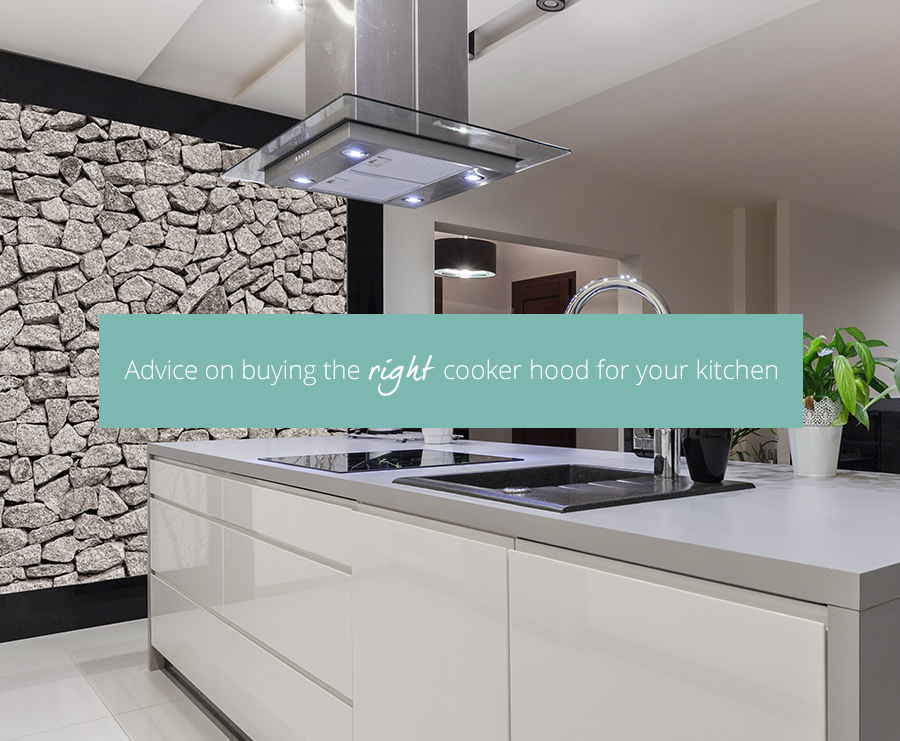
What type?
With the hob/oven often being a centrepiece to a kitchen, choosing the right cooker hood is a crucial decision that you need to get right. Cooker hoods serve an important purpose keeping your kitchen cleaner and healthier removing all the airborne smoke and grease. The main types are:
Built-in or integrated cooker hoods measure up to W60cm. Fitting into the standard slot above a single oven, they are often hidden within cabinetry and are ideal for smaller kitchens giving a more streamlined effect. They are not as powerful however as chimney or island hoods.
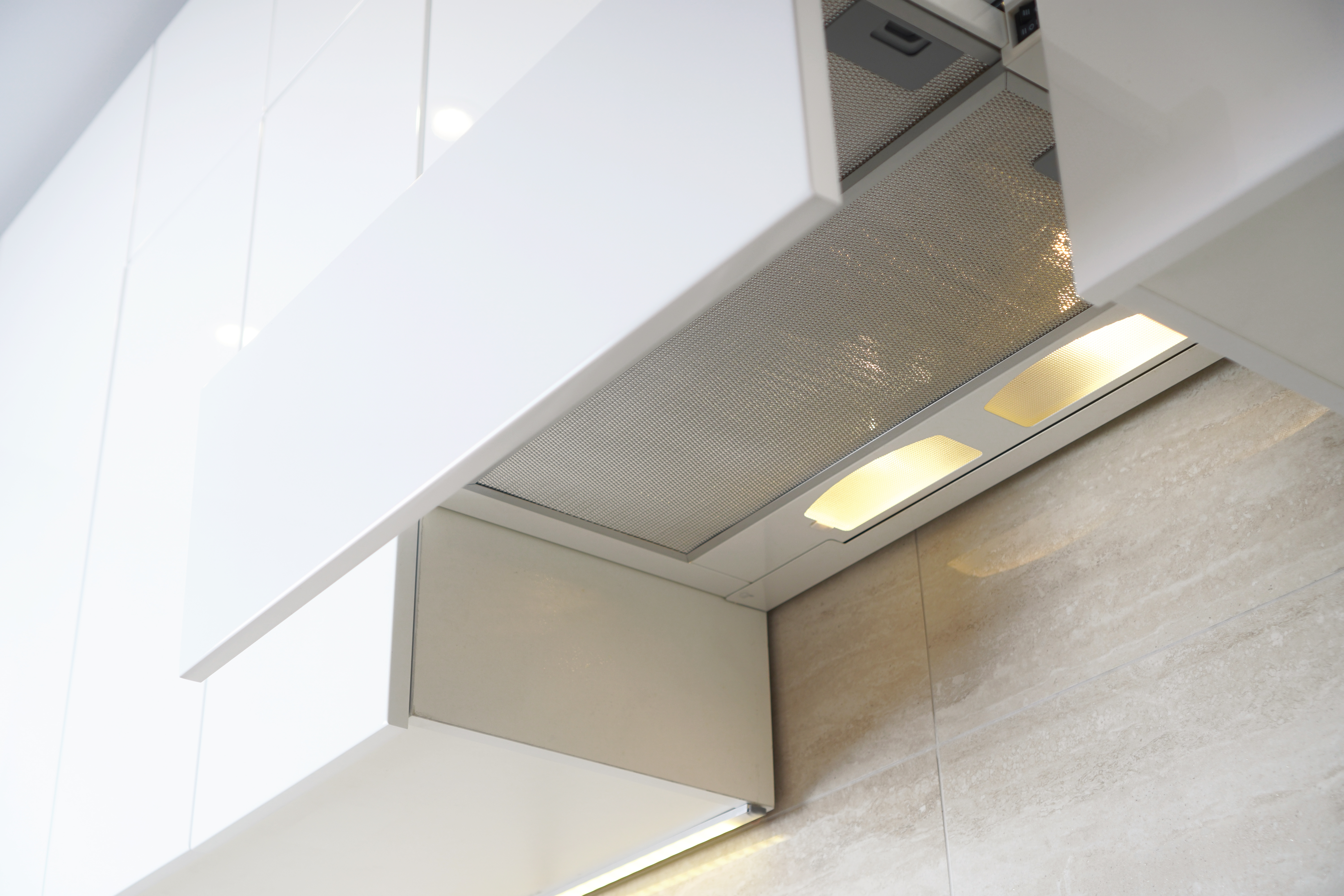
Conventional or visor hoods are usually fitted to the underside of a wall unit and are more visible than the built-in or integrated ones yet are a little more subtle than chimney hoods. Although these hoods are becoming less popular, they are great for kitchens with limited space because they can fit under a cupboard.
Chimney cooker hoods range in size and make more of a focal point in a contemporary kitchen. Often manufactured in stainless steel or glass, or both, they are fixed to the wall and are robust, powerful, and efficient.
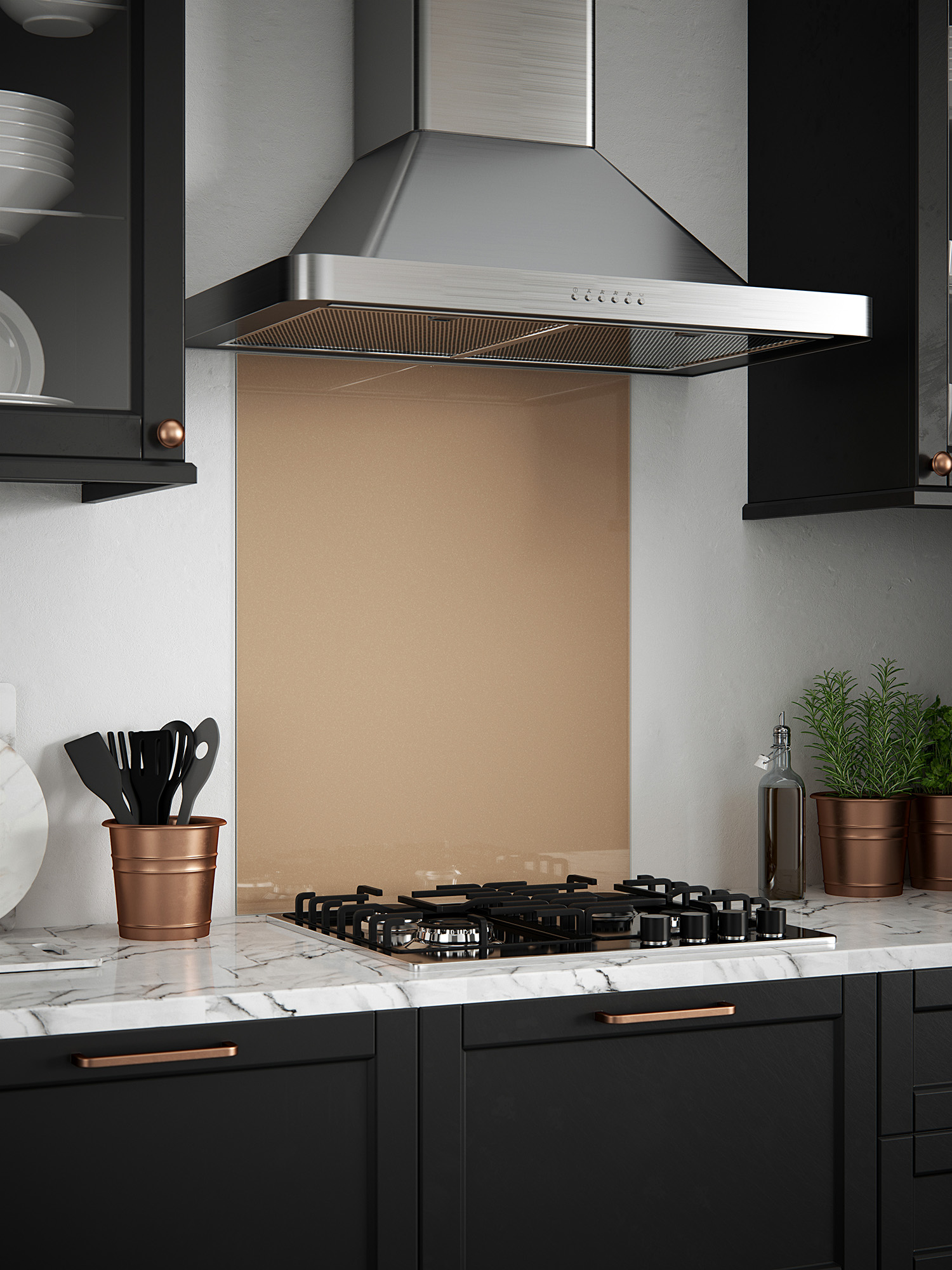
Freestanding cooker hoods are attached to the wall just like chimney hoods. Without the chimney attachment, they are smaller, slimmer, and cheaper however, they are also the least powerful, so ensure your kitchen has other ventilation options.
Island cooker hoods are fixed to the ceiling, and come in a wide range of designs, from standard chimney-style to ones that look like glamorous light fittings.
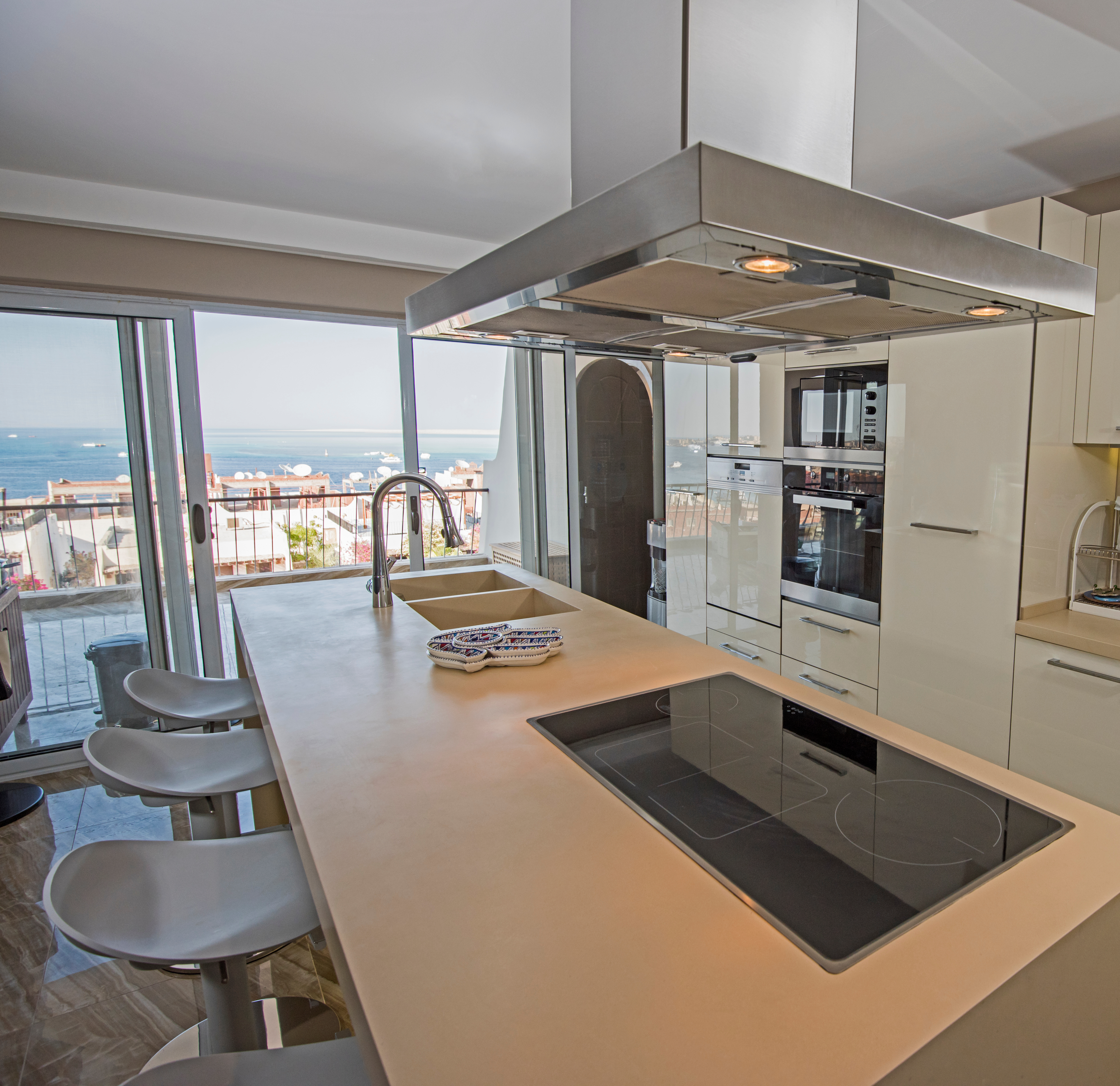
Extraction or recirculation hoods?
An extraction hood sends the air outside through ducting; the air is not filtered or processed. Generally, they are more effective than recirculation hoods because they are not doing anything with the air, but they can be louder because more power is needed to push the air through the ducting. Any ducting needs to be considered and planned in at the start of the project especially if you want the extractor hood above an island or against a non-external wall.
A recirculation hood pushes the air through filters, which remove any cooking smells before the air is reintroduced back into your kitchen. These are often cheaper than the extraction hoods because you don’t need to consider ducting. However, they are less effective at dealing with smells, grease, and smoke because they must process the air first and they don’t always do that perfectly.
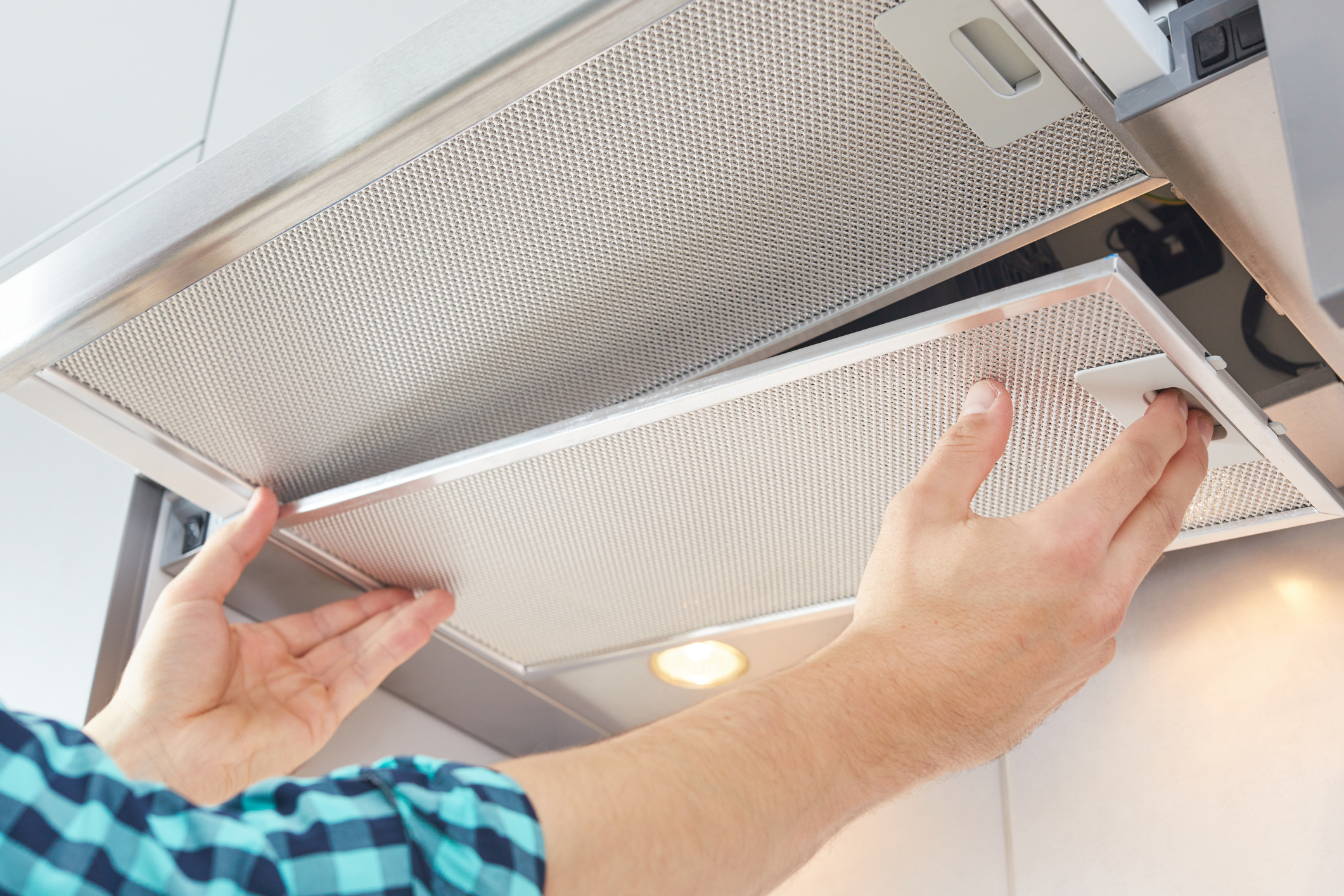
Don’t forget to consider how much noise your preferred cooker hood will make especially if you have, or are planning, an open plan kitchen and remember cooker hood filters will need cleaning or changing regularly to ensure the hood works effectively and efficiently.
Finally, why not consider installing a beautiful yet highly practical splashback beneath your extractor. A splashback will ensure that your walls are protected from all the stains, splashes and steam that are so easily created when cooking. Glass splashbacks are particularly practical as they are so easy to clean and maintain, do not require grout, and are super-hygienic plus they look sensational … making a real feature out of one of your most extensively used appliances.
12th Apr 2021The Compare Network
Copyright – Insight Retail Group Ltd 2025 All rights reserved